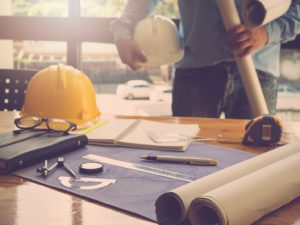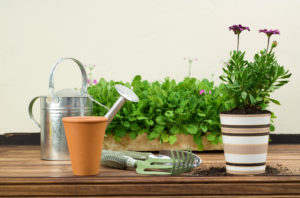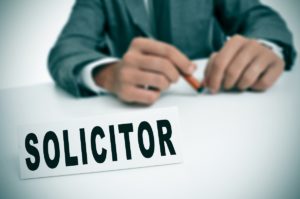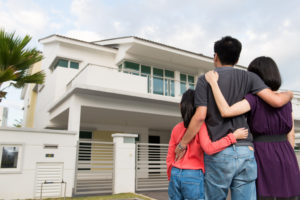- Varicose veins are enlarged, twisted veins that can cause pain and discomfort
- Symptoms include swelling, aching, itching, and burning sensations
- Risk factors include age, gender, genetics, pregnancy, and lifestyle factors
- Lifestyle changes such as maintaining a healthy weight and exercising can help prevent and reduce the appearance of varicose veins
- Treatment options include non-invasive surgeries, lifestyle changes, and more.
Varicose veins are a common medical condition found in people from all walks of life, regardless of age, gender, or ethnicity. These veins are often visible on the surface of your skin, appearing as twisted, bulging blue or purple veins, and they can cause discomfort or swelling. While they are typically not a major health concern, varicose veins can cause pain and lead to more serious medical conditions if left untreated.
What Are Varicose Veins?
Varicose veins are veins that have become enlarged and twisted. They usually occur in the legs and feet because standing and walking put pressure on the veins in your lower body. The veins in your legs have one-way valves that help to keep the blood flowing upwards toward the heart. When these valves weaken, blood can pool in the veins, causing them to bulge and twist. This is what causes the telltale appearance of varicose veins.
Symptoms of Varicose Veins
People with varicose veins may experience pain, swelling, and aching in the affected areas. These symptoms can worsen after standing for long periods or sitting for extended periods. Some individuals may also experience itching or a burning sensation around the affected area. Additionally, you may feel heaviness in your legs, especially after exercising or standing for long periods. The affected area may also appear red or discolored.
Risk Factors
Certain people are more vulnerable to varicose disease than others. Here are some risk factors that can lead to the disease:

Age
One of the primary risk factors for varicose veins is age. As people get older, their veins’ walls can weaken, leading to varicose veins. The veins lose elasticity and become less able to stretch and contract, making it more difficult for blood to flow back up to the heart. While no one can control their age, you can take measures to reduce your risk of developing varicose veins.
Gender
Women are more likely to develop varicose veins than men, primarily due to hormonal changes during pregnancy, menstruation, and menopause. Female hormones can cause the walls of blood vessels to relax, making it easier for blood to pool in the veins, leading to varicose veins. Women can reduce risk by maintaining a healthy weight, staying active, and wearing compression stockings.
Genetics
If your parents or grandparents have had varicose veins, you may be more likely to develop them too. This is because genetics play a significant role in developing varicose veins. If you have a family history of this condition, you can reduce your risk by maintaining a healthy lifestyle, staying active, and wearing compression stockings.

Pregnancy
Pregnancy places added pressure on the veins in your legs, increasing your risk of developing varicose veins. The baby’s weight puts pressure on the pelvic veins, making it more difficult for blood to flow back to the heart. Hormonal changes during pregnancy can also relax the walls of blood vessels, making it easier for blood to pool in the veins. To reduce your risk of developing varicose veins during pregnancy, it is essential to stay active, elevate your feet when able, and wear compression stockings.
Lifestyle Factors
Several lifestyle factors can increase your risk of developing varicose veins. These include obesity, a sedentary lifestyle, and prolonged periods of standing or sitting. Being overweight places added pressure on the veins in your legs, making it more difficult for blood to flow back up to the heart.
A sedentary lifestyle can lead to poor circulation, making blood more difficult to flow up the legs. Prolonged periods of standing or sitting can cause blood to pool in the veins, leading to varicose veins. To reduce your risk, it is essential to maintain a healthy weight, stay active, and take breaks when standing or sitting for extended periods.
Treatment
If you’re having problems with varicose veins, a few treatment options are available. Here are some of those treatment options:
Non-Invasive Surgeries
One of the best treatments for varicose veins is surgery. However, invasive surgery can cause damage to your skin and lead to complications. Thankfully, there are now robust non-invasive vein procedures for you to take. These are minimally painful, cost-effective, and often have no downtime or scarring. They can also be cheaper than other treatments.
Lifestyle Changes
Making lifestyle changes can also help to reduce the appearance of varicose veins. This includes maintaining a healthy weight, wearing compression stockings, exercising regularly, and elevating your legs when possible. Additionally, avoiding prolonged standing or sitting periods can help reduce your risk of developing varicose veins.
Medical Treatments
Your doctor may also recommend medical treatments such as sclerotherapy or laser therapy. These treatments involve injecting a solution into the affected veins, which causes them to collapse and fade over time. Laser therapy works similarly but instead uses thermal energy to cause the veins to collapse. Both treatments are effective but may cause some discomfort and require multiple sessions for maximum results.
Varicose veins can be an unsightly and uncomfortable problem, but treatment options are available. By utilizing these treatments and making lifestyle changes, you can reduce the appearance of varicose veins and prevent further complications.













